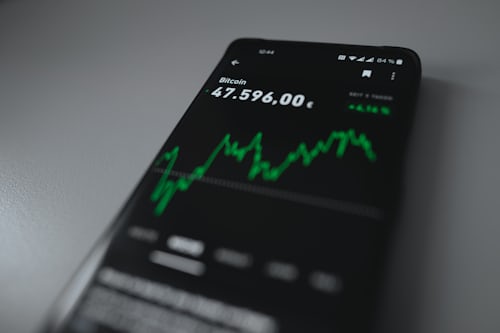|
Become a member

Whether it's forex, stocks, indices, cryptocurrencies, or commodities, you can usually apply leverage to any asset class of your choice. This way, you effectively trade with more money than you have in your account. This is because you are borrowing the funds from your chosen broker, which in turn charges you a funding fee.
How does margin trading work?
There is a lot to learn about margin trading, so we will break down the basics step by step.
In terms of how it works, you need to choose the leverage you want to apply to your trade. For example, let's say you have an account balance of $500 and you apply the leverage of 10x. Theoretically, this means that you are actually trading with a stake of 5,000 USD. So if you earn 5% of the trade, your profits will increase from 25 USD to 250 USD.
At the other end of the spectrum, your losses will also be amplified. For example, if the above trade lost 2% of its value, your losses would increase from 10 USD to 100 USD. Regardless of how much leverage you choose to apply, you will need to set a "margin". This is like a deposit that the broker holds until the trade closes.
In this case, the broker will automatically close your trade if the trade in Exness personal area login goes against you by more than you have in margin. This is called "liquidated" and means that you lose your margin in its entirety. For this reason, you need to know exactly how margin trading and leverage work, as you can lose a lot of money if you don't have the necessary stop loss safeguards in place.

Leverage
First and foremost, there is often a misconception that leverage and margin both refer to the same thing. Although they are correlated, there is a slight difference. In short, while leverage refers to the several The margin refers to the upfront payment that the broker requires from you.
So, leverage is usually expressed as either a "ratio" or a "multiple". For example, this can be 5x and 5: 1 or 10x and 10: 1. For simplicity, we will discuss leverage as a multiple, but note that some brokers may show it as a ratio. However, the amount of leverage you choose to apply will determine how much your trade is worth.
For example:
- Let's say you want to go long on Apple stock.
- You have 1,000 USD in your account, but you want to invest more
- As such, you apply the leverage of 5x
- This means that your Apple buy order is now worth $5,000 USD
For the above example, let's assume that Apple stock goes up 10% later in the week. Normally, you would have made a profit of $100 since your account balance is $1,000. However, if you applied leverage of 5x, we need to multiply it by 5. As such, you have actually made a profit of 500 USD.
With that in mind, we also need to consider what would happen if your Apple stock trade went the other way.
- If you stick to the same example as above, you have a buy order on Apple for 1,000 USD with a leverage of 5x
- Later in the week, Apple shares lose 5% in value
- Normally, you would have lost 5% of 1,000 USD - that's 50 USD.
- However, you applied a leverage of 5x, so your losses actually amount to 250 USD
As you can see, leverage applies not only to winning trades, but also to losing trades.
|